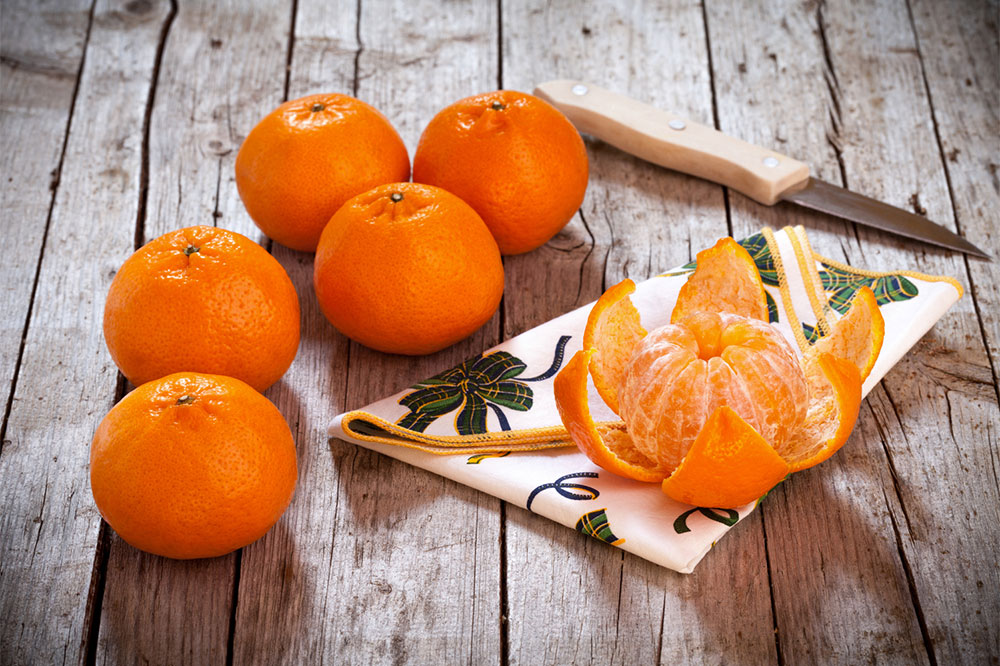Diabetes and fruits: What to include and how much
Diabetes is a chronic health condition characterized by unstable blood sugar levels. While treatment and lifestyle changes help manage the disease, eating the right foods is essential. So, are fruits healthy for diabetes? Well, fruits have a lot of nutrients and phytochemicals, which are necessary for the body. But, they are also rich in sugar. Hence, diabetes patients must understand how to add fruits to their everyday meals. Here are some diabetes fruit intake tips.

Understand how fruits affect blood sugar
Fruits have a natural sugar called fructose, which breaks down quickly and gets absorbed by the liver. However, fructose can bypass a signal that indicates when the cells have consumed too much sugar. This is problematic for diabetic patients as the sugar levels can increase significantly after eating a lot of fructose.
The amount of fructose differs among fruits. So, certain varieties may raise sugar levels faster. But, it is challenging to measure sugar responses in patients. For some, eating bananas may not be an issue, but it may cause blood sugar levels to rise for others. Therefore, it is best to consider the fruit’s glycemic index (GI), which shows how quickly it will affect blood sugar. The numbers vary depending on how the fruits are prepared. Also, the riper the fruit, the higher the GI.
Know the list of acceptable fruits
Fruits cannot be segregated into “good” or “bad.” But for maximum nutritional value, one must keep an eye on their fiber content (high-fiber options are recommended) and choose a variety of fruits. According to one study, the greater the variety in fruits and vegetables, the lower the risk of type 2 diabetes.
Berries like strawberries, blueberries, and blackberries are beneficial for people with diabetes. They are rich in vitamin C, folic acid, fiber, and anti-inflammatory phytochemicals. Citrus fruits, such as oranges, grapefruit, lemons, and limes, are rich in vitamin A, C, and potassium. The nutrients in citrus foods help decrease inflammation, minimize cell damage, and protect against cardiovascular diseases.
Keep an eye on portions
When including fruits in the diabetic meal plan, patients must stick to one serving per meal. One serving of fruit generally equals 15 grams of carbs. So, the amount one can eat depends on the type of fruit. This list indicates ideal serving sizes for common whole fruits:
- Apple, orange, peach, pear, or plum: one small piece (or about four ounces)
- Banana: half (medium-sized)
- Tangerine: one large or two small (four ounces in total)
- Kiwi: two small-sized (two ounces each)
- Apricots: four small, about one ounce each
- Cantaloupe, watermelon, or honeydew: one cup
- Grapes or cherries: 17 small pieces
- Mango: 1/3 portion (medium-sized)
- Strawberries: 1 1/4 cup
- Blueberries: 3/4 cup
- Raspberries or blackberries: one cup
- Raisins and dried cherries: two tablespoons
Other diabetes fruit intake tips to follow
Besides keeping the above points in mind, patients must :
- Choose whole, fresh fruits rather than juices or canned fruit.
- Pair fruits with protein or fat—for instance, top cottage cheese with pineapple or dip apple slices in nut butter or tahini.
- Test blood sugar levels before and after eating fruits to understand the safe ones.
- Speak to a doctor before changing a meal plan.




